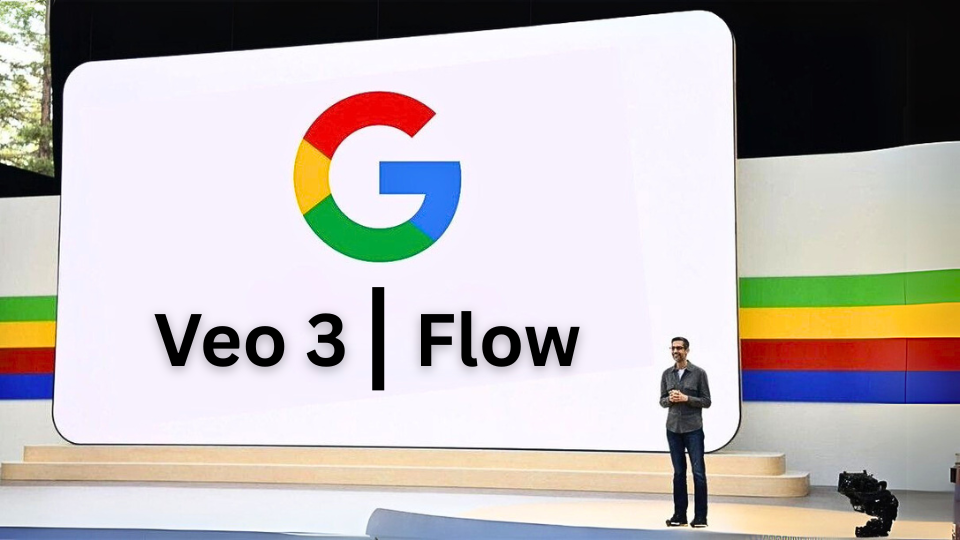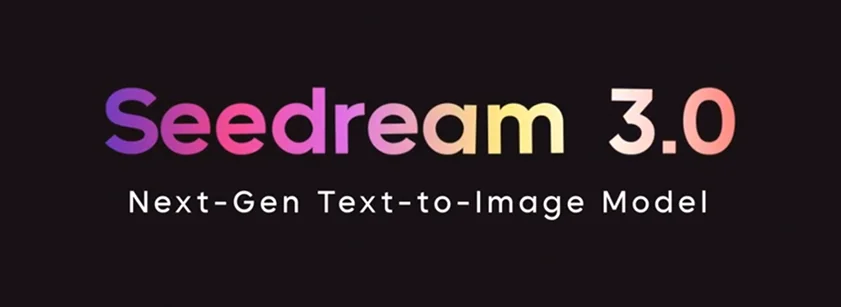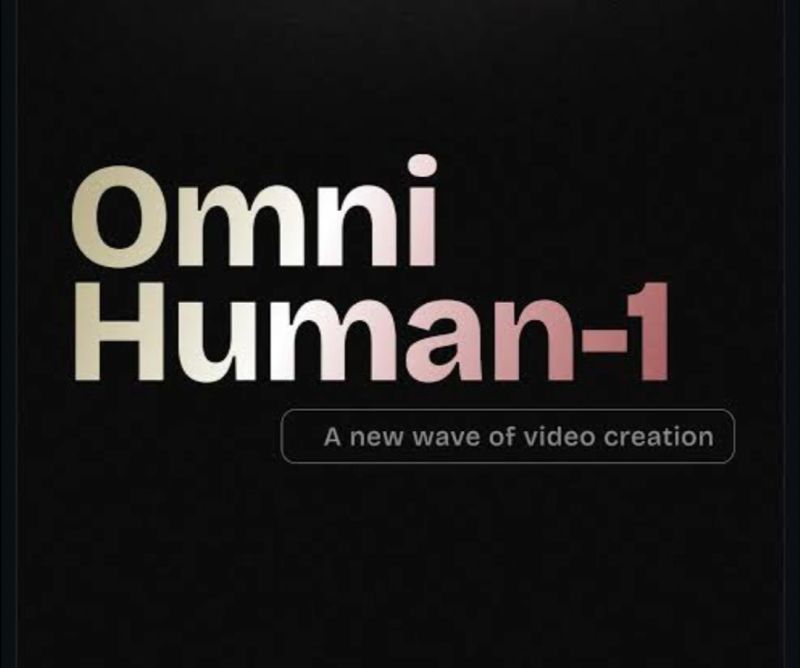AI Creativity, A New Age of Creative AI Tools
AI Creativity In today’s rapidly evolving digital landscape, artificial intelligence is no longer just about automation or data analysis—it’s becoming a creative powerhouse. From generating high-quality videos to designing hyper-realistic digital humans, AI is now at the forefront of revolutionizing entertainment, marketing, gaming, and content creation. Three standout tools are currently making waves in this space: Google Veo, ByteDance’s Seedream 3.0, and Omnihuman.
- Google Veo is a text-to-video AI model developed by Google DeepMind. It allows users to create cinematic, high-quality videos just from text prompts, offering unprecedented control over storytelling and scene generation.
- Seedream 3.0, developed by ByteDance (the parent company of TikTok), is a multimodal AI model that takes text-to-video generation to another level, with a focus on realistic movements, better frame rates, and a fine-tuned creative engine for social media and storytelling.
- Omnihuman, another powerful release from ByteDance, is a model that focuses on AI-generated humans, enabling users to create realistic 3D avatars from just a single photo or prompt. These virtual humans can be animated, customized, and integrated into various forms of content, from influencers to digital hosts.
This article by reviewtechs will break down how these tools work, their strengths and weaknesses, how they compare, and what the future might hold for the AI creative industry.
Google Veo: Precision Cinematics Through AI

Google Veo is Google’s answer to high-end, controllable AI video generation. It stands out with its ability to create 1080p resolution videos, realistic motion dynamics, and camera movements. Think of it as having a Hollywood director powered by AI.
Veo takes a text prompt—like “a serene beach at sunset with birds flying in slow motion”—and produces a high-quality video matching that vision. What makes it unique is its understanding of cinematic language—depth of field, slow pans, zooms, and stylistic elements like genre, mood, and emotion.
Strengths
- Cinematic quality: High-end visual output suitable for professional storytelling.
- Creative control: Supports complex prompts including emotions, camera directions, and narrative flow.
- Integration potential: Works seamlessly with Google’s ecosystem and could benefit from integration with YouTube, Bard, or other Google tools.
Limitations
- Resource-heavy: The model requires powerful infrastructure and is currently limited to beta access.
- Limited interactivity: Unlike Omnihuman, it doesn’t create characters or avatars that can be reused or personalized.
ByteDance’s Seedream 3.0: The Speedy Storyteller

Seedream 3.0 is ByteDance’s flagship AI model for text-to-video generation, with a sharper focus on speed, realism, and smooth movement. Built with social platforms in mind, Seedream delivers high frame-rate videos that excel in fast action, dialogue delivery, and expressive visuals.
Unlike earlier models, Seedream 3.0 also introduces multi-scene video generation, allowing you to string together multiple shots into a mini story. With built-in facial expression generation and gesture modeling, it’s a favorite for creators who want to generate reels, ads, or short films on demand.
Strengths
- Realistic expressions and movement: Great for dynamic scenes with human-like motion.
- Multi-scene creation: Stitch together multiple scenarios in one go.
- Optimized for social media: Perfect for TikTok, YouTube Shorts, and Instagram Reels.
Limitations
- Less cinematic than Veo: While Seedream is fast and fluid, it lacks some of the artistic depth and cinematic polish Veo provides.
- Platform-centric bias: Being from ByteDance, it’s clearly optimized for social entertainment more than other use cases like education or enterprise.
Omnihuman: The Future of AI-Generated Humans

Omnihuman is ByteDance’s response to the demand for hyper-realistic AI humans. It allows creators to generate 3D avatars from a single image, or even a text prompt. These avatars can smile, speak, move, and emote—making them ideal for virtual influencers, NPCs in games, digital hosts, or even personalized customer service bots.
Omnihuman is more than a static model—it’s a full character pipeline. You can animate the face, change the clothing, alter the background, and even direct its dialogue through voice synthesis or text inputs. With just a few clicks, you can create a photorealistic human that looks and behaves like a real person.
Strengths
- Realism: Faces and movements are indistinguishable from real humans in many scenarios.
- Interactivity: Avatars can be integrated into AR, VR, games, and digital campaigns.
- Low input requirement: One image or prompt is enough to create a fully rigged 3D character.
Limitations
- Ethical concerns: As realistic as it is, Omnihuman raises questions around identity, consent, and misuse.
- Resource limitations: Creating multiple avatars can be system-intensive and may face scaling issues on consumer-grade hardware.
Head-to-Head Comparison
| Feature | Google Veo | Seedream 3.0 | Omnihuman |
|---|---|---|---|
| Type | Text-to-Video | Text-to-Video | AI-Generated Humans |
| Resolution | Up to 1080p+ (cinematic) | High frame rate (fast content) | Photorealistic avatars |
| Focus | Cinematic storytelling | Fast, expressive video | Realistic 3D humans |
| Strength | Artistic depth, film-grade output | Social media storytelling | Personalized human avatars |
| Weakness | Less interactive | Less cinematic polish | Ethical complexity |
| Best Use Case | Film, education, ads | TikTok/Instagram/Shorts | Influencers, games, AR/VR |
Pros and Cons Summary
Google Veo
Pros:
- Cinematic quality videos
- Excellent for storytelling
- Professional-grade visuals
Cons:
- Still limited to closed testing
- Not suitable for avatar-based interaction
Seedream 3.0
Pros:
- Fast rendering
- Multiple scenes and emotional expression
- Best for social media engagement
Cons:
- Limited film-like control
- Slightly stylized visuals
Omnihuman
Pros:
- Realistic, customizable human avatars
- Interactive and responsive
- Ideal for digital influencers and branding
Cons:
- High ethical sensitivity
- Not suitable for general video creation
The Future of AI Creativity
The future of content creation is moving toward AI-human collaboration. Google Veo is setting the stage for directors and filmmakers to prototype stories instantly. Seedream 3.0 is democratizing short-form storytelling, enabling anyone to create content that trends. And Omnihuman is unlocking digital identity, changing how brands, influencers, and virtual platforms engage with audiences.
Rather than seeing these tools as competitors, they’re best understood as complementary technologies, each dominating a specific domain of creative AI. As they evolve, integration across platforms could enable a unified system where you write a story, generate the video (Veo), populate it with avatars (Omnihuman), and instantly publish across platforms (Seedream).
Frequently Asked Questions (FAQs)
1. What is the main difference between Google Veo and Seedream 3.0?
Answer: Google Veo focuses on cinematic video creation with advanced visual storytelling, while Seedream 3.0 excels in fast, dynamic video generation for social media and casual content.
2. Can Omnihuman avatars be used in games or VR environments?
Answer: Yes, Omnihuman avatars are compatible with AR/VR and gaming pipelines, making them suitable for NPCs, influencers, and virtual assistants.
3. Is Google Veo available to the public?
Answer: As of now, Google Veo is in limited access through Google Labs. Full public rollout is expected later.
4. Which platform is best for social media creators?
Answer: Seedream 3.0 is optimized for social media, especially platforms like TikTok and Instagram, due to its speed and visual appeal.
5. Can I use Omnihuman to create my digital twin?
Answer: Yes, Omnihuman allows you to create a photorealistic digital avatar from a photo or prompt, which can mimic your expressions and voice.
6. Does Seedream support background changes or scene transitions?
Answer: Yes, Seedream 3.0 supports multi-scene generation and offers flexibility in transitions and narrative flow.
7. Is it ethical to use Omnihuman for creating influencers?
Answer: It depends. While it enables creativity, using real faces or personalities without consent raises ethical concerns around deepfakes and digital rights.
8. Which tool is better for creating educational content?
Answer: Google Veo is better suited for structured, high-quality educational videos due to its narrative control and visual clarity.
9. Do I need coding skills to use any of these tools?
Answer: No. All three tools are designed to be user-friendly and require minimal to no coding skills, focusing on prompt-based interfaces.
10. Will these tools replace human creators?
Answer: Not entirely. These AI tools are designed to augment human creativity, not replace it. They act as powerful assistants that reduce time and boost productivity.

